Hardscaping Services is a simple way to add new revenue streams for your landscaping business. It can also make your company stand out from competitors.
Providing detailed project estimates can demonstrate transparency and professionalism to attract prospects. You can also offer free consultations to establish yourself as a trusted expert.

A retaining wall is a functional landscape feature that elevates your property’s aesthetics. Whether low or tall, they delineate planting areas, prevent soil erosion, and add interest to your garden or landscape. They can even help you maximize the flat space on your property or protect your home’s foundation if it’s built on a slope.
They’re especially useful if your home is at the bottom of a steep slope, where they help stabilize the ground and prevent landslides. In addition, a retaining wall can help you create more usable space on your land by flattening the slope and creating terraces for gardens, patios, decks, pools, or hot tubs.
Retaining walls are usually constructed of concrete, brick, stone, or natural stones. Each type of material has advantages and disadvantages in building a retaining wall, but a well-designed and built concrete structure can last generations. It’s important to have a professional builder construct any wall above four feet because it requires more complete analysis than a simple backyard retaining wall.
When constructing a retaining wall, it’s necessary to consider the angle of repose of the soil or engineering fill and the lateral earth pressure it exerts. Retaining walls are designed to restrain this material at an angle steeper than the natural or design angle of repose, which prevents lateral movement and reduces stresses on the structure.
In addition to preventing soil erosion, retaining walls are a great way to beautify your landscape and increase the value of your home. Studies have shown that potential homebuyers are willing to pay more for homes with beautiful landscaping, making retaining walls a sound investment.
A patio is an outdoor living space that offers friends and family members a place to meet, talk, and relax. A professional hardscape can use many materials to make a beautiful and functional patio. Some of the most common materials include concrete, stone, and brick. The right material can complement the style of a home, add color and texture to a landscape, and increase its value.
Adding a patio to a yard can reduce the time spent on lawn care and landscaping tasks, saving you money in the long run. However, it is important to remember that a patio requires regular maintenance to ensure it stays clean and looks good. This will prevent the growth of unwanted weeds and mildew, as well as help to keep it safe for those who are using it.
The best way to care for a patio is to keep it clean of spills or messes as soon as they occur. This will prevent them from staining and prolonging the life of the surface. It is also important to avoid using wire brushes and heavy scrapers, as these can cause damage to some surfaces.
While most homeowners think of flower beds, trees, and other organic elements when considering landscaping, there is a growing trend toward including more inorganic features. This includes patios, decks, and stone pathways. A quality hardscape design can dramatically increase the curb appeal of a home, and it can also add to the overall value of the property. This is an excellent opportunity for landscaping businesses to expand their services and offer clients something new that can improve the look of a yard while saving them work and money.
Outdoor kitchens are an extension of your home’s living space, providing a comfortable place to entertain and cook in the great outdoors. They can range from simple BBQ grill stations to fully-equipped kitchen areas with sinks, cabinets, bars, and more. If you’re planning on adding an outdoor kitchen to your landscape, working with a hardscaping professional is essential to design and build a space that will be functional, easy to navigate, and perfect for entertaining.
When designing your outdoor kitchen, be sure to take into consideration how much you’ll be using it. Do you plan on hosting large gatherings? Do you frequently host parties or events where guests bring food? It’s important to know the answer to these questions to choose appliances and seating that will accommodate your needs.
Another factor to consider is storage. Ensure you have a designated place for all your cooking and dining equipment. Create a pantry-style storage area to keep everything organized. This will make it easier to find what you need and prevent any items from getting lost in the back of the pantry when not in use.
If you’re looking for a way to add a touch of luxury to your outdoor kitchen, consider adding a wine cooler, kegerator, or glassware storage. These can be a fantastic point-of-use addition to your kitchen and elevate your dining experience. Adding a pergola or arbor provides shade over your dining and prep area, creating a beautiful spot for guests to mingle. Adding these unique features will give your backyard an elegant, gourmet feel and increase the overall value of your home.
A relaxing campfire under the stars can be a beautiful way to unwind after a long week at work, but finding time for camping trips and backyard bonfires can seem out of reach for many homeowners. Bringing the campfire feeling into your yard is a snap when you use landscaping services to build a fireplace or fire pit. These custom features are perfect for outdoor dining areas, patios, and pool houses and can be built to match the home’s aesthetic and laws for fire safety and setback requirements.
A wood-burning fireplace adds warmth to a home and creates inviting gathering spots for guests and family. The ambiance created by the flames also provides comfort and relaxation and can help to reduce anxiety and stress. Wood-burning fireplaces require consistent upkeep to thwart creosote accumulation and chimney fires.
Gas fireplaces offer many of the same benefits as their wood-burning counterparts but require a different level of maintenance. They also provide higher heating efficiency and don’t require the addition of a chimney, which can cut costs and installation time. A steady fuel supply is needed for operation, and there are better choices than gas fireplaces for those living in climates with frequent power outages.
To integrate an outdoor fireplace into the overall design of a yard, landscaping services should consider the size of a property and how it fits in with other structures, such as privacy fencing, retaining walls, and landscape designs. Your landscaping professionals can also assist you with adhering to zoning regulations for distances between your fire feature and other buildings, modes of egress, and other landscape elements.
Water features are a great way to add visual interest and calmness to your yard. They also serve a purpose for your family by promoting relaxation and reducing stress levels. Water features can be as large as a pool or as small as a fountain. Water features can be created for various purposes, such as providing a gathering place adjacent to your patio or creating a calming environment by the front entrance to your home.
A landscape water feature can contrast the rigid lines created by retaining walls, pathways, fire pits, and more. This feature can help turn your outdoor space into a relaxing retreat that invites your family and friends to relax with you.
Water features are also a great way to attract birds and other wildlife to your property. They can serve as a source of entertainment for children and adults alike and be as simple or elaborate as you like. Water features can even be a focal point of your landscaping and help define your space and set the tone for your entire yard.
The experts at hardscaping services can assist you in the design and installation of many different types of water features. They can also help you understand how to care for your new feature and how it will work best with the rest of your landscaping. Adding a water feature to your landscape is an investment that will pay off for years. So, choosing the right company to perform your hardscaping services is important. A professional will ensure the project is done properly and to your satisfaction.
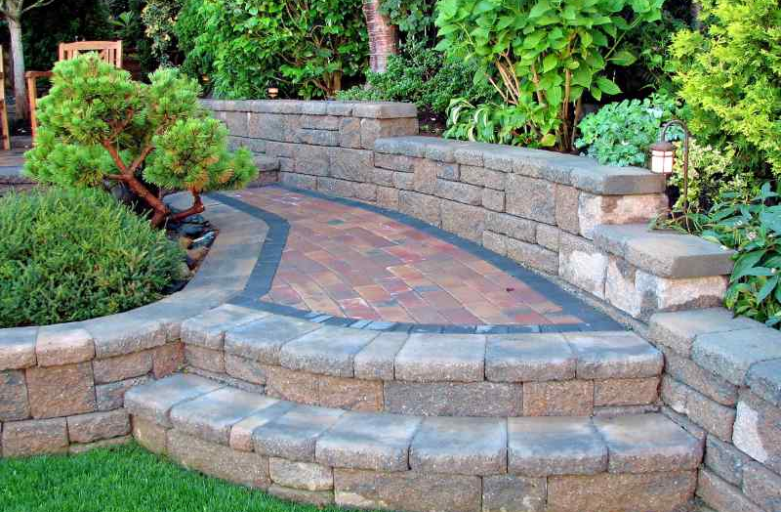
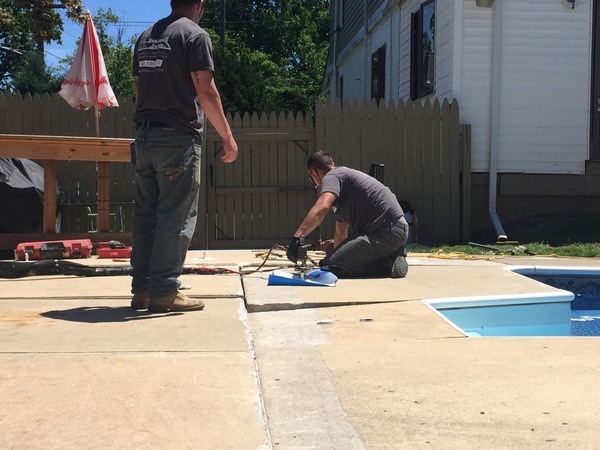
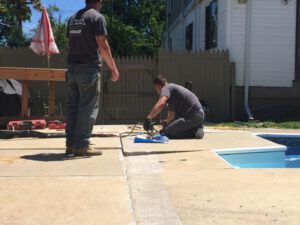
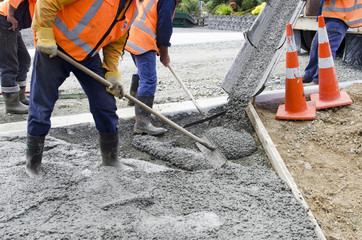
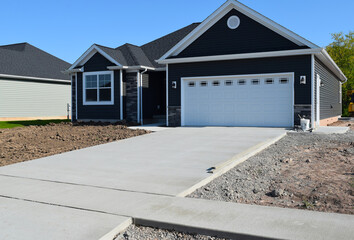
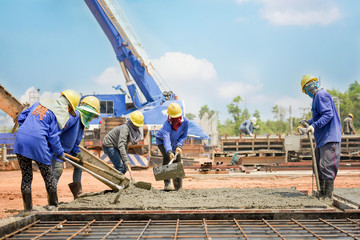
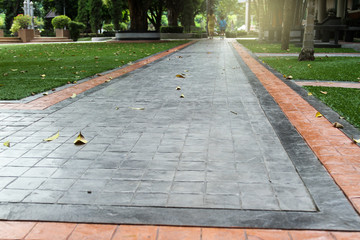
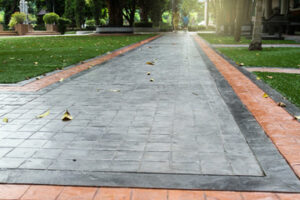 You can use many different stamping techniques to create a striking and exciting surface. Often, a concrete stamp is created to mimic the look of a certain type of material. Stamped concrete can also be very subtle, with only a small amount of texture. For example, using a stone effect pattern to create a flagstone pattern can create a striking surface. Stamped concrete can also be used to create a flowing front yard. A stamped walkway or driveway can add a classy, sophisticated feel to any property.
You can use many different stamping techniques to create a striking and exciting surface. Often, a concrete stamp is created to mimic the look of a certain type of material. Stamped concrete can also be very subtle, with only a small amount of texture. For example, using a stone effect pattern to create a flagstone pattern can create a striking surface. Stamped concrete can also be used to create a flowing front yard. A stamped walkway or driveway can add a classy, sophisticated feel to any property.